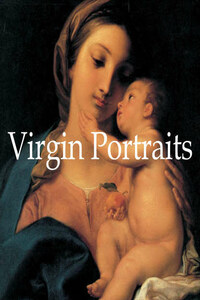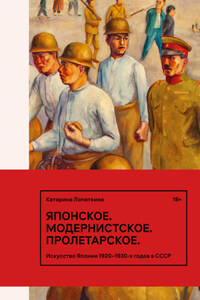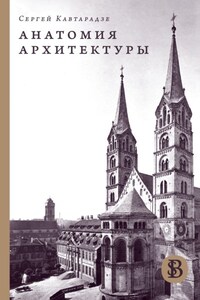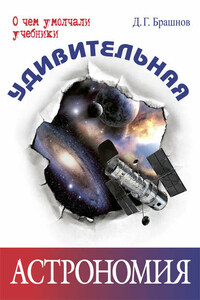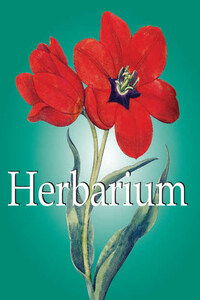The image of the Madonna has been embedded in the arts of the Western World for nearly two thousand years. She embodies the purest form of unconditional love and is perceived as the compassionate and forgiving nurturer of all Christian people. The Madonna is also seen as the loving mother, and the protector of all humanity.
Mary with the Child Jesus between Constantine and Justinian
Anonymous, Xth century
Lunette mosaic
Hagia Sophia, Constantinople (Istanbul)
Her followers believe that only she can fully understand human grief, passions and happiness; she forgives, mediates, and consoles, and she is the connection between human beings and their God. She has been venerated as the Queen of Heaven, the Mother of All, and as the embodiment of compassion.
The Virgin of Vladimir
Anonymous, XIIth century
Tempera on wood, 78 × 55 cm
Tretiakov Gallery, Moscow
She is seen as selfless, humble, and caring, and represents the feminine spirituality within Christianity. For many centuries the Madonna has inspired thousands of artists who laboured innumerable hours creating her images using different styles, materials, and techniques.
Rucellai Madonna
Duccio di Buoninsegna, 1285
Tempera on wood, 450 × 290 cm
Uffizi, Florence
This huge body of artwork, a cultural legacy of major proportions, represents a social system that still dominates the world. Art museums, galleries, palaces and private collections are filled with her icons. Through the centuries, images of the Virgin were created according to the religious interpretations of beliefs, myths, iconography and symbolism prevalent at the time.
Madonna of Mercy
Simone Martini, 1308-1310
Tempera on wood, 154 × 84 cm
Pinacoteca Nazionale, Siena
The presence of Mary in the heart of Western civilization has a long theological history of transformation. Scholars concur that during early Christianity there were other paramount feminine faces of spirituality, such as Sophia, who was understood to be the feminine aspect of the complex Christian God.
The Annunciation, with Saints Ansanus and Margaret and Four Prophets
Simone Martini and Lippo Memmi, 1333
Tempera on wood, 184 × 210 cm
Uffizi, Florence
Hagia Sophia represented the Divine Wisdom and was celebrated as a co-creator, together with the Father, the Son and the Holy Spirit. At the beginning of Christianity, particularly in Eastern Europe, the Holy Ghost was understood as female. Yet, it usually was Sophia who was celebrated as the feminine aspect of the divine.
The Virgin and Child
Lorenzo Veneziano, 1356-1372
Painting on wood, 126 × 56 cm
The Louvre, Paris
As Sophia’s popularity among the dogma-generating clergy waned, the popularity of the Virgin Mary, the Mother of God, gradually increased.
During the sixth century, the presence of the Mother of God was reaffirmed within the Christian religious dogma all over Europe, including the Byzantine Empire.
Madonna and Child
Luca Signorelli, c.1390
Oil on wood, 170 × 117.5 cm
Uffizi, Florence
This affirmation effectively neutralized the threat of a competing religion, that of the Great Goddess Isis of Egypt. During early centuries A.D. the image of Mary was frequently equated to and even confused with the image of the Egyptian goddess whose religion had been in existence for several thousand years.
Madonna of the Misericordia
Jacobello Alberegno, c.1394
Galleria dell’Accademia, Florence
Like the Madonna, the Goddess Isis also had a divine son, Horus, and artists often depicted her tenderly holding her precious infant on her lap and suckling him. One of her main characteristics was that of a nurturing mother. She was, like Mary, a compassionate and loving divinity, ultimately dedicated to her people’s well-being.
The Virgin and Child and Saint Anne Metterza
Masolino da Panicale and Masaccio, 1424
Tempera on wood, 175 × 103 cm
Uffizi, Florence
During the eighth century, the iconoclastic movement banned all sacred images located within the Byzantine empire, believing that the worshippers were venerating the actual images instead of the spiritual beings. However, this decision was permanently reversed by the following century, and the creation of icons dedicated to the Virgin Mary resumed with fervour.
